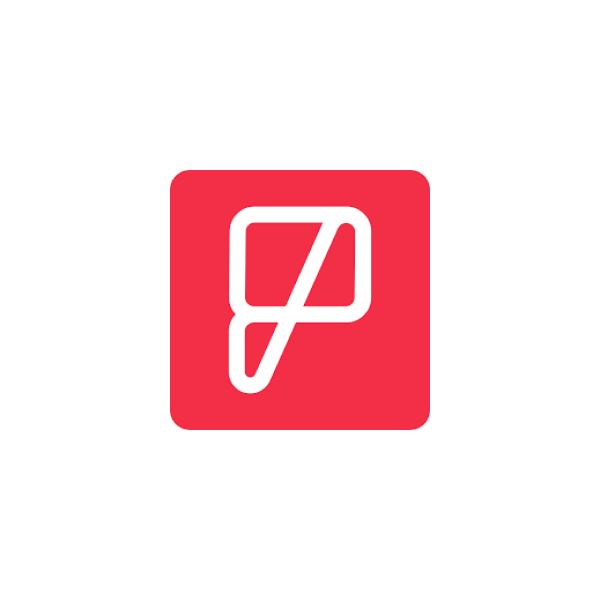VTEX Styleguide is the design system for VTEX, serving as the home for all reusable patterns, components, and assets related to product design.
Design System Benefits for Product Teams

Design systems are the backbone of any product development team. They allow teams to work more efficiently, maintain consistency in their design, and deliver high-quality products to their customers. In this article, we'll take a closer look at what a design system is, why it's important for product teams, and the benefits it can bring.
What is a Design System?
A design system is a set of rules, guidelines, and principles that dictate how a product should look and function. It consists of various components such as color palettes, typography, iconography, and user interface (UI) elements, which are used to create a consistent visual language across all product designs.
The goal of a design system is to ensure consistency and maintainability throughout the product development process. It helps product teams to streamline their design processes and reduces the need for constant redesigns and iterations.
Why is a Design System Important for Product Teams?
Design systems play a crucial role in product development because they enable teams to work more efficiently, save time and resources, and ensure consistency across all products.

1. Efficiency
Design systems help product teams work more efficiently by providing them with a set of pre-built components that they can use to create new designs quickly. This means that designers and developers can spend less time on creating new designs from scratch and more time on other important tasks, such as improving existing designs or working on new features.
2. Consistency
Consistency is essential for building a successful product. With a design system, product teams can ensure that all designs follow a consistent visual language, which is important for creating a seamless user experience. Consistency also helps to establish a brand identity, which is essential for building customer trust and loyalty.
3. Maintainability
Maintaining a product over time can be a challenging task, especially when new features and updates are added. A design system can help product teams maintain their products by providing them with a set of guidelines that dictate how the product should look and function. This helps to prevent design inconsistencies and reduces the need for constant redesigns and iterations.
Benefits of a Design System for Product Teams
Now that we've discussed why design systems are important, let's take a closer look at the benefits they can bring to product teams.

1. Faster Time-to-Market
Design systems can help product teams bring new products to market more quickly. By providing a set of pre-built components, designers and developers can work more efficiently and spend less time on creating new designs from scratch. This can help to reduce the time it takes to develop new products and get them to market faster.
2. Improved Collaboration
Collaboration is essential for product teams, and a design system can help to improve collaboration between designers and developers. By providing a common language for design, teams can work together more effectively and communicate more clearly. This can help to reduce misunderstandings and ensure that everyone is on the same page.
3. Consistent User Experience
A consistent user experience is essential for building a successful product. With a design system, product teams can ensure that all designs follow a consistent visual language, which helps to create a seamless user experience. This is because a consistent UI design enables users to quickly understand how to use the product, which reduces frustration and improves engagement.
4. Improved Accessibility
Accessibility is an important consideration for any product, as it ensures that users with disabilities can access and use the product. A design system can help to improve accessibility by providing guidelines for creating accessible designs, such as using high-contrast colors and ensuring that text is easily readable. This can help to ensure that all users can access and use the product, regardless of their abilities.

5. Scalability
Scalability is an important consideration for any product team, as it ensures that the product can grow and evolve over time. A design system can help to ensure scalability by providing a framework for creating new designs and features. This means that as the product grows and new features are added, the design system can be used to ensure that all new designs follow the same guidelines and principles.
6. Brand Consistency
Brand consistency is essential for building customer trust and loyalty. A design system can help to ensure brand consistency by providing guidelines for using brand elements such as logos, colors, and typography. This means that all product designs will follow the same brand guidelines, which helps to establish a strong and consistent brand identity.
In conclusion, a design system is an essential tool for any product team. It enables teams to work more efficiently, maintain consistency, and deliver high-quality products to their customers. By providing a set of guidelines and principles, a design system can help product teams to streamline their design processes, reduce the need for constant redesigns and iterations, and ensure that all designs follow a consistent visual language. The benefits of a design system are clear, and it's something that all product teams should consider implementing to improve their design processes and deliver better products to their customers.
FAQ
A design system is a set of rules, guidelines, and principles that dictate how a product should look and function. It consists of various components such as color palettes, typography, iconography, and user interface (UI) elements, which are used to create a consistent visual language across all product designs.
Design systems are important for product teams because they enable teams to work more efficiently, save time and resources, and ensure consistency across all products. They help to streamline the design process, reduce the need for constant redesigns and iterations, and maintain a consistent visual language.
The benefits of a design system for product teams include faster time-to-market, improved collaboration, consistent user experience, improved accessibility, scalability, and brand consistency. These benefits enable teams to work more efficiently, maintain consistency, and deliver high-quality products to their customers.
Design systems help to maintain consistency by providing a set of guidelines and principles that dictate how a product should look and function. This helps to prevent design inconsistencies and reduces the need for constant redesigns and iterations. A consistent visual language also helps to establish a brand identity, which is essential for building customer trust and loyalty.
Yes, a design system can improve accessibility by providing guidelines for creating accessible designs, such as using high-contrast colors and ensuring that text is easily readable. This can help to ensure that all users can access and use the product, regardless of their abilities.
A design system helps with scalability by providing a framework for creating new designs and features. This means that as the product grows and new features are added, the design system can be used to ensure that all new designs follow the same guidelines and principles. This helps to ensure that the product can grow and evolve over time.
While a design system is not strictly necessary for all product teams, it can be incredibly beneficial for improving design processes, maintaining consistency, and delivering high-quality products to customers. It is especially important for larger teams and those working on complex projects where consistency and scalability are critical.









